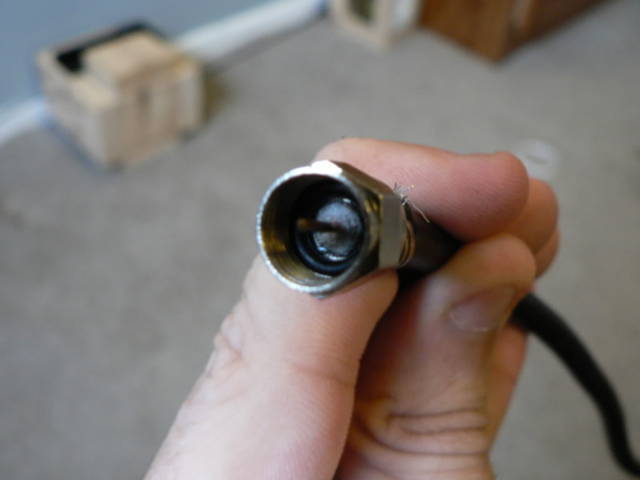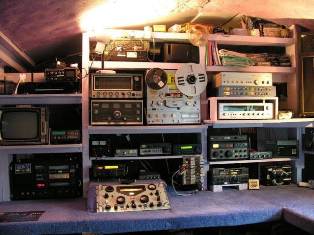How to Use Semicolons

I remember throughout high school i could never figure out how to use a semicolon but as moved on to uni i learned how to properly use these little fuckers. It’s actually quite simple.
There are 2 ways to use semicolons properly:
1. To connect two independent clauses
Independent clauses are series of words that could stand alone as complete sentences. When you have two otherwise complete sentences that you want to connect to form one long sentence, use a semicolon between them.
Example: This could be a complete sentence; this could be another. Another example could be: Twelve workers started the project; only 3 remain.
Now if you were to add “and” in the middle then you would need to change the semicolon to a comma.
Example: Twelve workers started the project, and only 3 remain.
2. To serve as a super comma
When you have a series of three or more items that normally would be separated by commas except that each individual item already has a comma in it, you use the semicolon between items.
Example: We visited Pago Pago, Western Samoa; Curitiba, Brazil; and St. George, Utah.
Example: The trio’s birthdays are November 10, 1946; December 7, 1947; and October 31, 1950.
Example: Her favorite players are Steve Young, a quarterback; Jason Buck, a defensive end; and Ty Detmer, another quarterback.
As in the examples above, citing places, dates, and people’s names with descriptions, are three very common situations where you’ll see the super-comma usage.
Semicolons make you look sophisticated in writing and could give people a good impression of you for college papers or paper work at your job. Once i learned how to properly use a semicolon i started having professors compliment me on my work more and i’ve been getting better grades in my English course.
Hope this helped.















